Is Pepper Gluten Free? A Spicy Guide for the Gluten-Conscious Foodie
Table of Contents
- Introduction: The Great Spice Mystery
- What Is Pepper, Anyway?
- Gluten Basics: What You Need to Know
- So… Is Pepper Gluten Free?
- Hidden Sources of Gluten in Spice Blends
- Label-Checking Tips for the Savvy Shopper
- Cooking Safe & Spicy: Recipes & Ideas
- Myths vs. Facts: Debunking Gluten and Spice Myths
- Conclusion: Spice Up Your Life Without the Gluten Worry
Introduction: The Great Spice Mystery
If you're living a gluten-free lifestyle or just exploring the spice aisle like it's a culinary jungle, you've probably asked yourself at some point: Is pepper gluten free? It seems like a simple question, but when you're juggling dietary restrictions and flavor cravings, even the humblest seasoning can feel like a mystery wrapped in a chili.
In this post, we’re peeling back the layers (or should we say grinding through the grains?) to answer that very question. Whether you’re celiac, gluten-sensitive, or just curious, get ready for a flavorful journey into the world of peppers, spice blends, and all things gluten-free.
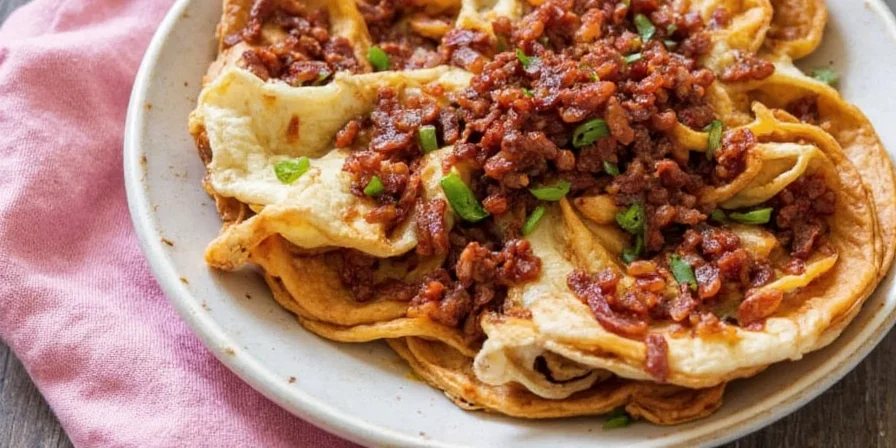
What Is Pepper, Anyway?
Before we dive into the gluten debate, let’s take a moment to appreciate the mighty peppercorn — nature’s way of saying, “Wake up and taste this!” Peppers come in many forms: black, white, green, pink, and even Szechuan varieties. But are they all created equal when it comes to gluten content?
| Type of Pepper | Derived From | Typical Use | Gluten-Free Status |
|---|---|---|---|
| Black Pepper | Dried unripe fruit of Piper nigrum | Everyday seasoning | Yes |
| White Pepper | Ripe fruit, seed only | French dishes, creamy sauces | Yes |
| Green Pepper | Unripe berries, dried or pickled | Certain international cuisines | Yes |
| Pink Pepper | Berries from Schinus terebinthifolius | Gourmet plating, salads | Yes |
| Szechuan Pepper | Zanthoxylum species | Asian dishes, numbing sensation | Yes |
All true peppers are derived from plant-based sources and do not naturally contain gluten. However, cross-contamination or added ingredients in blends can be a concern — more on that later.
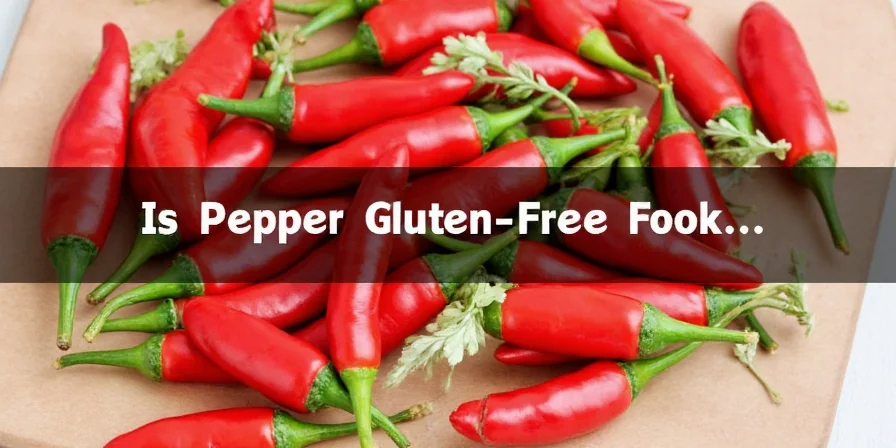
Gluten Basics: What You Need to Know
For those new to the gluten-free game, here’s a crash course:
- Gluten is a protein found in wheat, barley, rye, and their derivatives.
- It gives bread its chewy texture and acts as a binding agent in processed foods.
- For people with celiac disease or non-celiac gluten sensitivity, gluten can trigger inflammation, digestive issues, fatigue, and other unpleasant symptoms.
So when you're asking if something is gluten-free, you're really asking: Does this product contain any of these grains or hidden gluten contaminants?
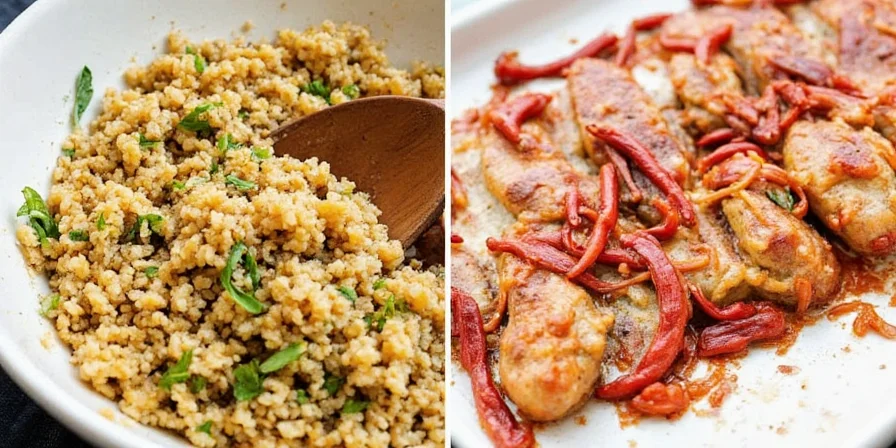
So… Is Pepper Gluten Free?
Let’s cut to the chase: Yes, pure pepper — whether black, white, green, pink, or Szechuan — is naturally gluten-free. It comes from plants, not grains, so unless it’s been contaminated during processing or mixed with something else, you’re safe!
However, there’s always a “but.” Here’s where things get spicy:
- Cross-contamination: If pepper is processed in facilities that also handle wheat, there’s a small chance of contamination.
- Additives: Some pre-ground pepper products may include anti-caking agents made from gluten-containing sources.
So while pepper itself is safe, how it’s handled and what it’s mixed with can change everything.
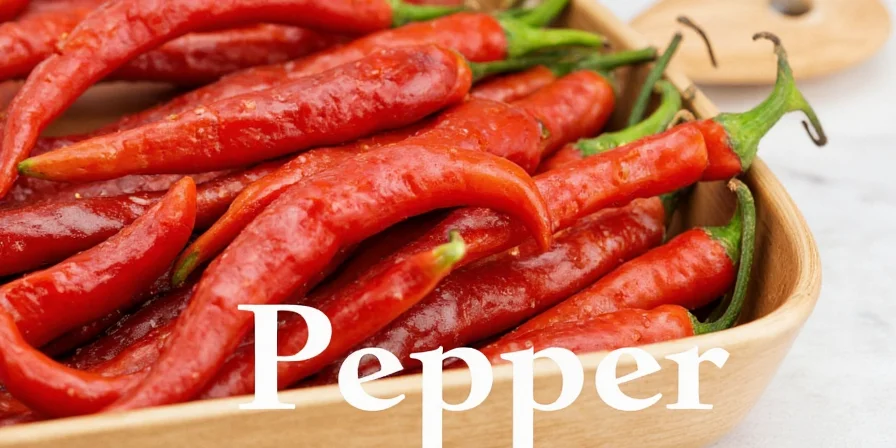
Label-Checking Tips for the Savvy Shopper
Want to avoid gluten in your spice rack like a pro? Here’s how to spot trouble before it hits your plate:
- Look for “Certified Gluten-Free” labels – These products have been tested and verified to contain less than 20ppm of gluten, which is considered safe.
- Avoid vague terms like “spices” or “natural flavors” – These could hide gluten-containing additives.
- Stick with trusted brands – Brands like Simply Organic, Frontier Co-op, and Badia often label their spices clearly.
- Contact manufacturers directly – If unsure, call or email customer service about processing and ingredients.
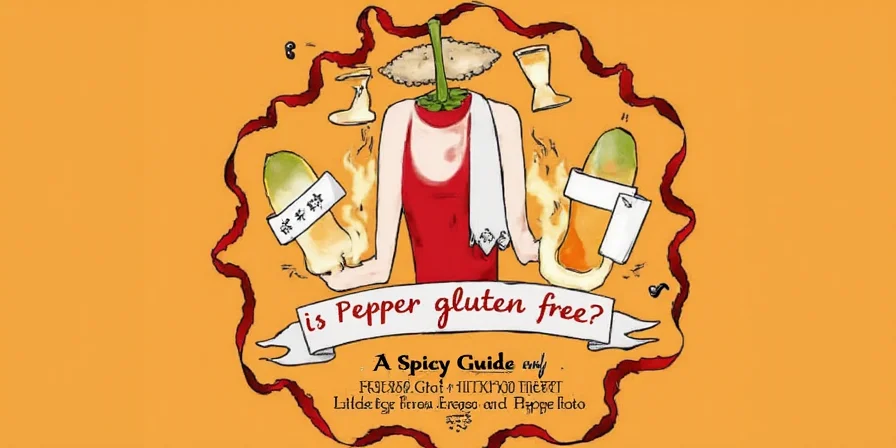
Cooking Safe & Spicy: Recipes & Ideas
Now that you know pepper is safe, let’s make it sing! Try these gluten-free-friendly recipes using your favorite spices:
- Cracked Pepper Butter Steak – Freshly ground black pepper meets grass-fed beef for a melt-in-your-mouth experience.
- Garlic Parmesan Popcorn with White Pepper – A gluten-free snack upgrade with a touch of elegance.
- Thai Green Curry (Homemade Paste) – Make your own curry paste with green pepper, lemongrass, and coconut milk.
Pro tip: Use whole peppercorns and grind them fresh for maximum flavor without worrying about additives.
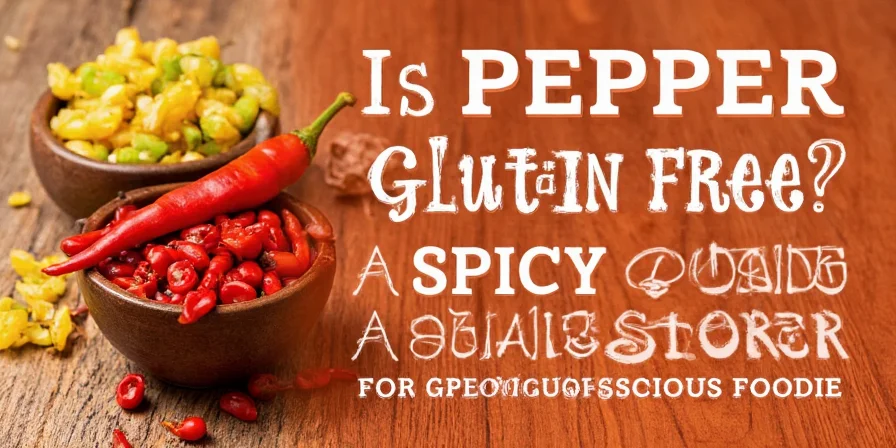
Myths vs. Facts: Debunking Gluten and Spice Myths
Let’s separate fact from fiction in the world of gluten and spices:
| Myth | Fact |
|---|---|
| “All spices contain gluten.” | Most single-ingredient spices are gluten-free; it’s the blends and fillers that can be problematic. |
| “Ground pepper isn’t safe.” | As long as it’s pure and from a reputable source, ground pepper is fine. |
| “If it doesn’t say gluten-free, it’s not.” | Not necessarily — it may still be gluten-free, but wasn’t tested or labeled that way. |
| “Only certified gluten-free products are safe.” | While certifications help, many products are inherently gluten-free — just require careful sourcing. |
Conclusion: Spice Up Your Life Without the Gluten Worry
Pepper — in its pure form — is absolutely gluten-free. That means you can season your meals with confidence and flair. Just remember: it’s not always about the spice itself, but what it’s mixed with and how it’s processed.
By being mindful of spice blends, reading labels carefully, and choosing trusted brands, you can enjoy the heat, aroma, and depth of flavor that peppers bring — without inviting gluten to the party.
So go ahead, crack open that peppercorn, grind it up, and let your food speak volumes — one delicious bite at a time.
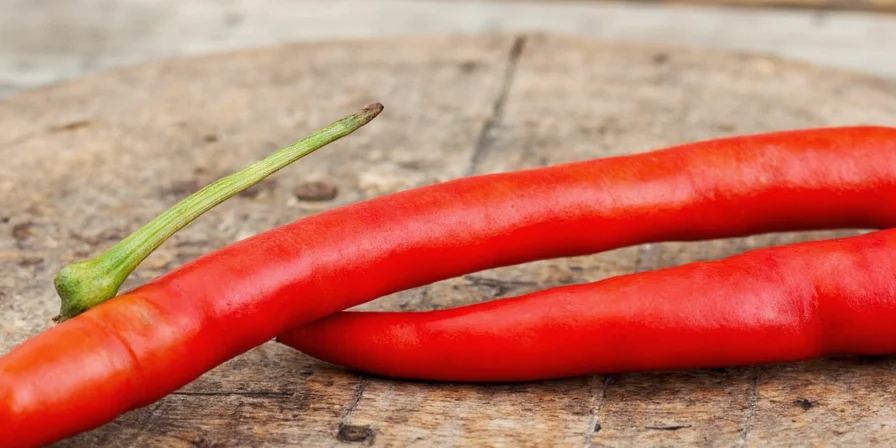

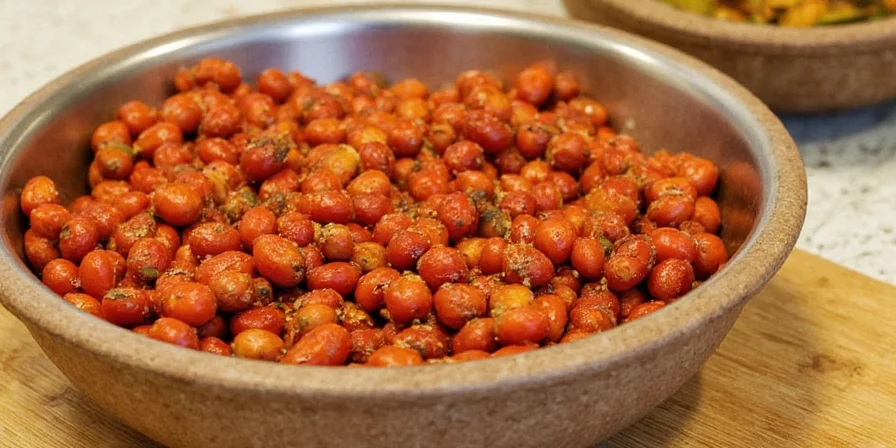
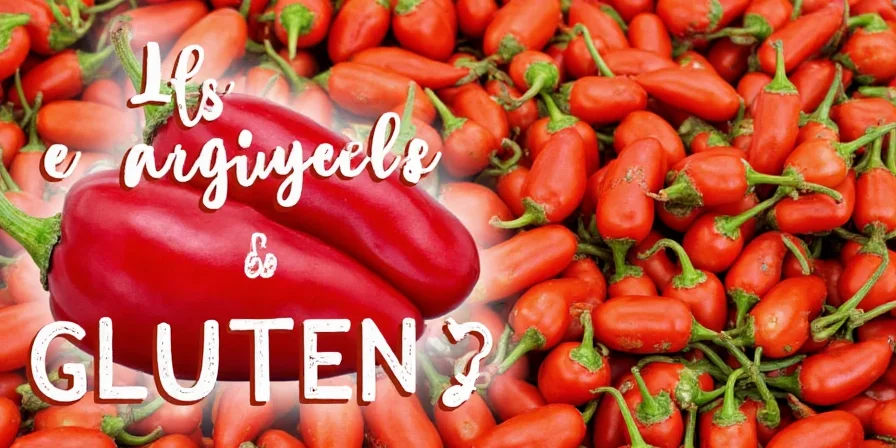









 浙公网安备
33010002000092号
浙公网安备
33010002000092号 浙B2-20120091-4
浙B2-20120091-4